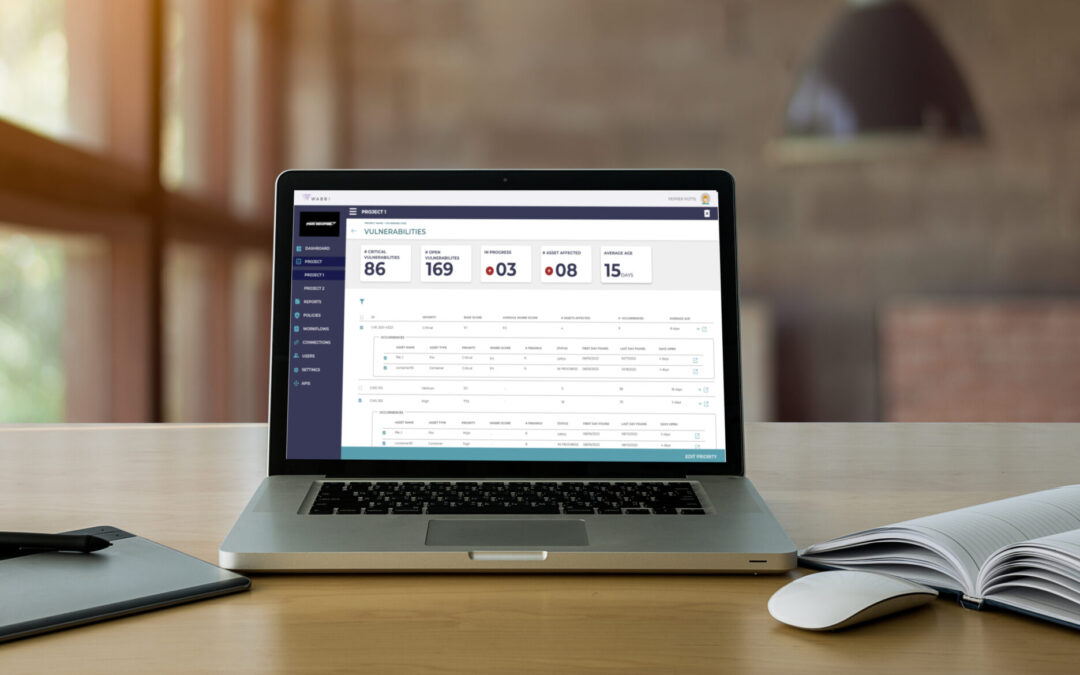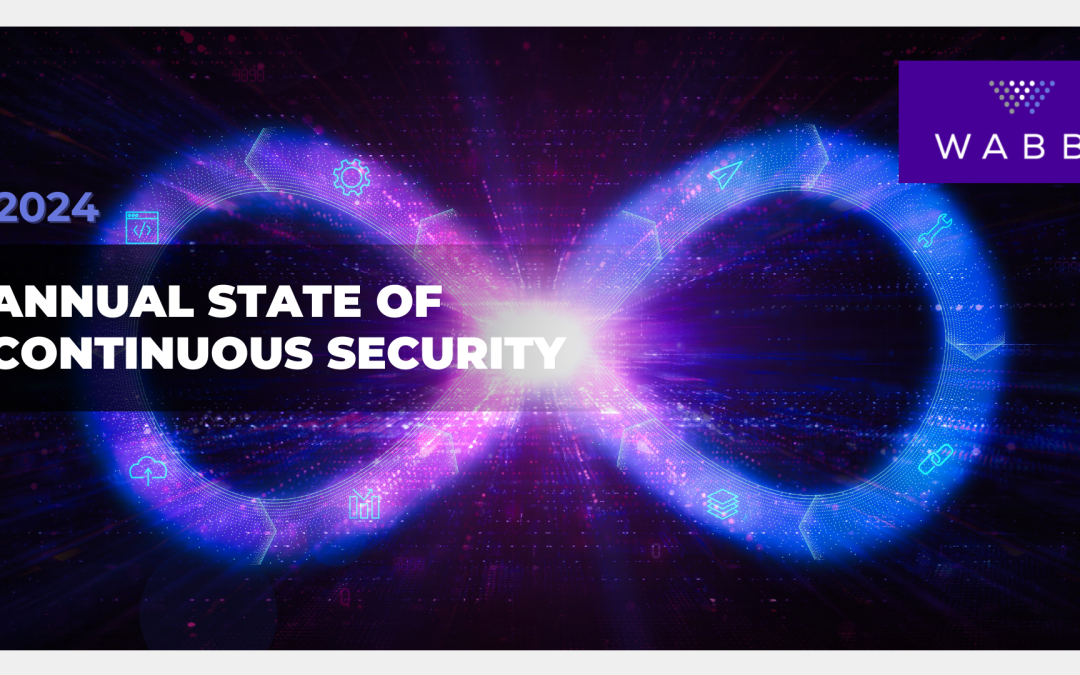Team Wabbi
March 8, 2024
Unlocking the Power of Risk Management: A Comparison to Your Trusted Fitness Tracker
In the realm of cybersecurity and application security (AppSec), the importance of risk management cannot be overstated. It serves as a crucial framework for identifying, assessing, and mitigating potential threats and vulnerabilities to protect sensitive data and critical systems. Interestingly, the principles of risk management bear a striking resemblance to the functionalities of a fitness tracker. Let’s explore how risk management mirrors the features of your favorite fitness monitoring device.

1. Continuous Monitoring:
Much like how a fitness tracker continuously monitors your physical activity, risk management in cybersecurity involves ongoing surveillance of your digital environment. It keeps a vigilant eye on network traffic, system logs, and user behavior to detect any anomalies or potential security breaches.
2. Risk Assessment:
Similar to how a fitness tracker assesses your heart rate, steps taken, and calories burned, risk management evaluates various factors such as the likelihood and potential impact of security incidents. By quantifying risks, organizations can prioritize their security efforts effectively, just as you prioritize your workouts based on fitness goals.
3. Goal Setting and Progress Tracking:
Just as you set fitness goals and track your progress with a fitness tracker, risk management involves setting security objectives and measuring progress towards achieving them. Whether it’s reducing the number of high-risk vulnerabilities or enhancing incident response capabilities, tracking performance metrics is key to driving continuous improvement.
4. Real-time Alerts and Notifications:
Similar to how your fitness tracker alerts you when you’ve been inactive for too long or your heart rate spikes, risk management systems provide real-time alerts and notifications for potential security threats. These proactive warnings enable prompt action to mitigate risks before they escalate into full-blown security incidents.


5. Personalized Insights and Recommendations:
Much like how a fitness tracker provides personalized insights and recommendations based on your activity levels and health metrics, risk management solutions offer tailored recommendations for improving security posture. Whether it’s implementing additional security controls or conducting employee training, these insights empower organizations to make informed decisions to strengthen their security defenses.
6. Data Visualization and Reporting:
Just as your fitness tracker presents your activity data in easy-to-understand charts and graphs, risk management tools offer data visualization capabilities to help stakeholders grasp the current state of cybersecurity affairs. Clear and concise reporting enables effective communication of risks and facilitates informed decision-making at all levels of the organization.
In conclusion, the parallels between risk management in cybersecurity and your trusty fitness tracker highlight the importance of vigilance, assessment, goal-setting, and continuous improvement in both domains. By embracing the principles of risk management and leveraging modern technologies, organizations can safeguard their digital assets and embark on a journey towards cyber fitness and resilience.
Related Articles

Policy as Code: The Missing Link in DevSecOps Maturity
Policy as Code: The Missing Link in DevSecOps Maturity For years, the promise of DevSecOps has been clear: integrate security into development without slowing delivery. Organizations have invested heavily in automation, CI/CD pipelines, and vulnerability scanning. But...

Zero Trust in AppSec: Why It Belongs in Your Pipelines, Too
Zero Trust in AppSec: Why It Belongs in Your Pipelines, Too Zero Trust has become a cornerstone of modern cybersecurity strategies. The principle is simple but powerful: “never trust, always verify.” Traditionally, Zero Trust has been applied at the network and access...

From Reactive to Proactive: Why AppSec Needs to Evolve Beyond Scanning
From Reactive to Proactive: Why AppSec Needs to Evolve Beyond Scanning For years, application security has been stuck in a reactive cycle. Teams run scans, wait for results, chase long lists of vulnerabilities, and try to patch as quickly as possible. While this...

Wabbi Named a “Vendor to Watch” in IDC MarketScape: Application Security Posture Management (ASPM) 2025 Vendor Assessment
BOSTON / Press Release / September 18, 2025 Wabbi, a leader in Application Security Posture Management, is proud to announce that it has been named as a Vendor to Watch in the IDC MarketScape: Application Security Posture Management (ASPM) 2025 Vendor Assessment. This...

Wabbi Announces Findings of Annual Continuous Security Report
BOSTON / Press Release / May 6, 2024 Progress in Integrating Security into Software Development, Progress in Adoption, but Bottlenecks Persist Wabbi, the leading application security posture management platform, today announced the findings of its annual report on...

Wabbi Announces General Availability of its Advanced Application Security Risk Index Enabling Risk-Management-by-Design
BOSTON / Press Release / February 21, 2024 Wabbi, the leader in Application Security Posture Management (ASPM), today announced the general availability of its Advanced Wabbi Risk Index. The Application Security Risk Index is a key component of Wabbi’s...